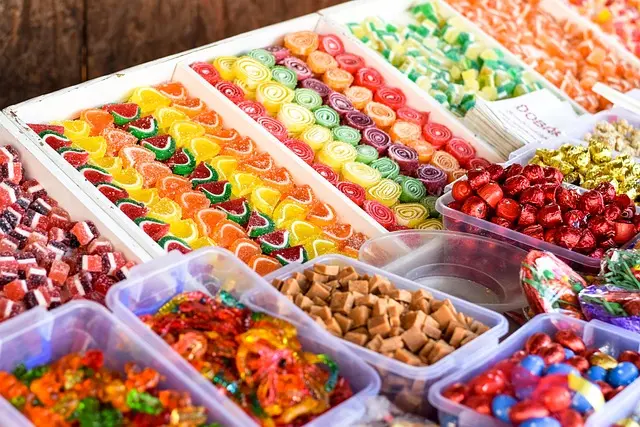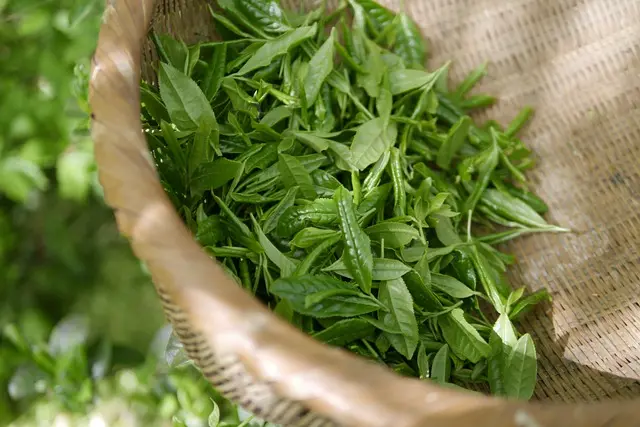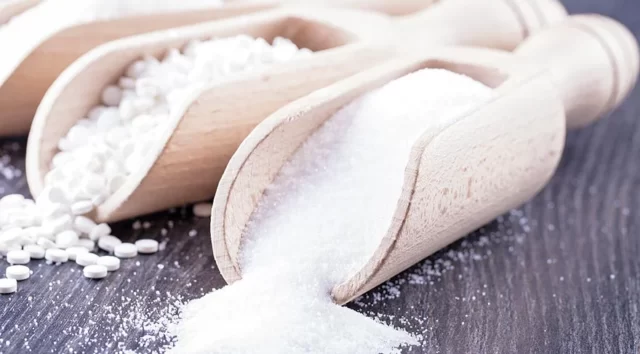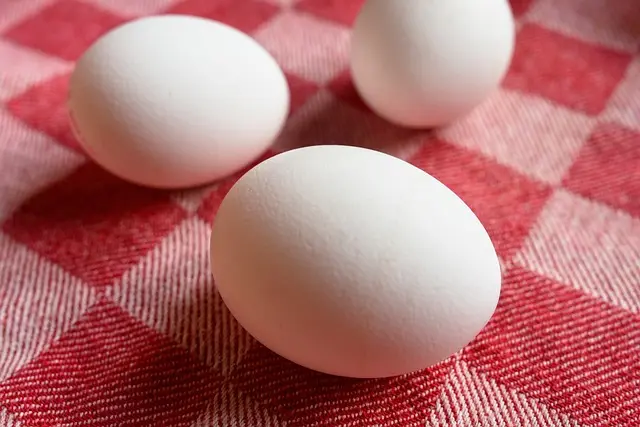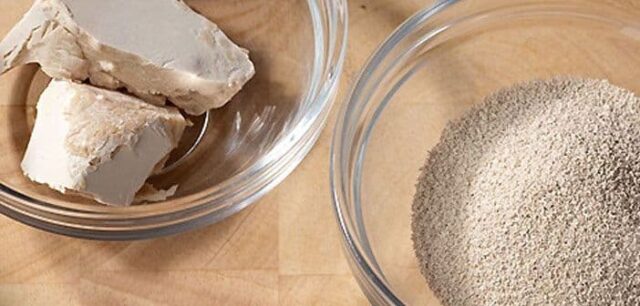
Two types of yeast that are widely used in pastries are fresh yeast and dry yeast. Sometimes we use them interchangeably. Or we make some recipes with one type of yeast in particular. Is there any difference between them? What is the difference, if any? Let’s see together.
Yeast are single-celled living microorganisms. It is used in making fermented products such as bread, wine, beer, cheese. The types of microorganisms in the yeasts used in all of them are different. The working principle of yeast is to create carbon dioxide, alcohol, and aroma compounds by using the sugar in the environment.
What are the types of yeast?
Yeasts that we come across in the markets and that we use in pastries, fresh yeast and dry yeast. They contain the yeast Saccharomyces cerevisiae, which is often used in bread making. Obtaining the yeast goes through the same processes until the last step. And then it is divided into varieties.
The yeast we know as fresh yeast is called wet pressed yeast. The amount of dry matter in fresh pressed yeast is approximately 30%. The remaining 70% is water. Due to the high-water content, it deteriorates more quickly. It has a creamy white color. Its scent is unique. You can use fresh pressed yeast directly into the dough.
The yeast that comes across as dry yeast in the markets is active dry yeast. It is the dried form of fresh yeast to a dry matter content of 92-94%. In addition, emulsifier can be added to active dry yeast. Due to its low water content, its shelf life is longer than that of fresh yeast. Before using active dry yeast, it is necessary to rehydrate in warm water of 40-43 ° C. (It should be kept for 10-15 minutes.) There is also instant active dry yeast.
Instant active dry yeast is a type of yeast that is dried up to 95-96% dry matter content. When using this type of yeast, there is no need to soak in water. Yeast activities are higher than normal dry yeast. Due to their low water content, they have a long shelf life.
Reference:
Güneli O., Ticari Yaş Mayaların Raf Ömürleri Süresince Performanslarının Değişimi (Performance Changes of Commercial Compressed Yeasts During Shelf Life Storage), Namık Kemal Üniversitesi Fen Bilimleri Enstitüsü, Yüksek Lisans Tezi, Tekirdağ, 2010.

